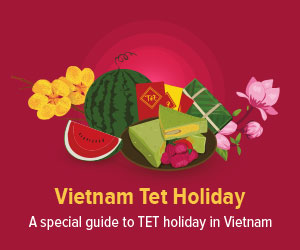Pomegranate
The pomegranate
Bright red pomegranate flowers stand out against the lush green leaves, heralding the warm days of summer. Originally believed to have originated in the region encompassing modern-day Iran and the Mediterranean, pomegranate trees are now cultivated across many parts of the globe.
In Vietnam, pomegranates thrive in the tropical regions, with two primary types: ornamental flowering trees and fruit-bearing trees.
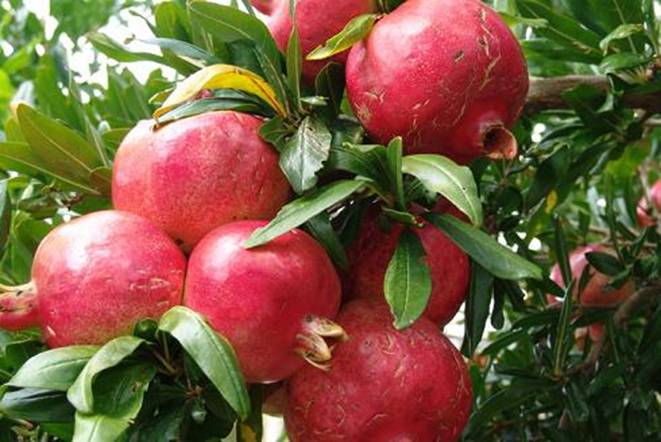 Photo: baosuckhoedoisong.vn
Photo: baosuckhoedoisong.vn
Generally, Vietnamese pomegranates are small, often featuring rough or variably pigmented skin that transitions from green to red as it ripens. While smaller in size, these pomegranates are packed with seeds that are light in color, juicy, and full of flavor. The pomegranate tree displays vibrant red flowers year-round, with the most striking blooms appearing particularly during the winter months.
How to eat
When selecting pomegranates, look for large and round fruits, as smaller ones are often bland and sour. To extract the seeds, first cut off the top of the fruit. Then, carefully score along the natural fissures in the skin before gently separating the segments. Enjoy the seeds while chewing thoroughly, as it is advisable not to swallow them whole.
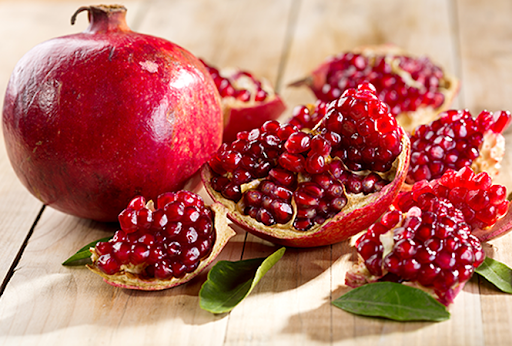 Photo: baoquangninh.com.vn
Photo: baoquangninh.com.vn
Where are pomegranates grown in Vietnam
Pomegranate trees are well-suited to various climates and are known for their resilience. In Vietnam, they are cultivated in many tropical and temperate regions, especially in the Central and Central Highlands areas, such as Tay Nguyen and Lam Dong, where conditions are favorable for growth.
Benefits of pomegranate
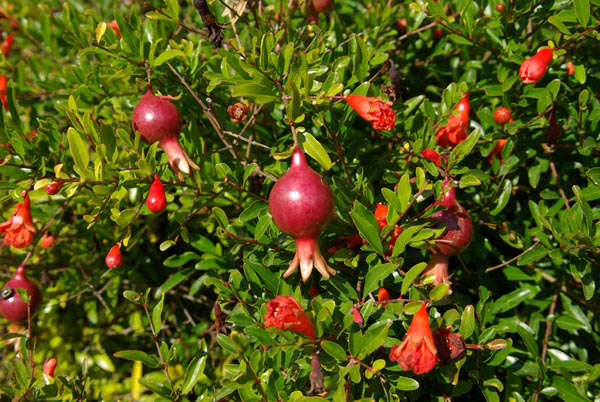 Photo: caythuoc.org
Photo: caythuoc.org
Pomegranates are rich in antioxidants, vitamin C, and a range of other beneficial nutrients that support skin health, boost the immune system, and contribute to overall wellness. Additionally, pomegranates can be grown in pots for ornamental purposes, and their medicinal properties may be effective in preventing joint-related diseases and certain types of cancer. However, individuals with diabetes, gastritis, or those experiencing internal heat should consume pomegranates with caution due to their sugar content; care should also be taken with young children due to the seeds.
Moreover, the pomegranate tree is associated with good fortune in Vietnamese culture. It is believed that planting a pomegranate tree in front of one’s home can invite luck and prosperity, bringing happiness and blessings to the family.
Food made from pomegranate
Thanks to its nutritional benefits, starting your day with a glass of sweet and tangy pomegranate juice can be a delightful experience. You may also diversify your meals by incorporating pomegranates into a refreshing salad, a vegetable soup, or as a colorful topping for desserts to enhance both aesthetic appeal and taste.
 Photo: nhathuocchaulong.com
Photo: nhathuocchaulong.com

Vietnamese Fruits - An Overview
Being geographically located in the tropical zone, Vietnam is truly a heaven when it comes to fruits.
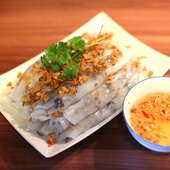
Vietnamese Cakes - A Closer Look At Vietnam's Most Varied Food
An overview to the different types of cake in Vietnam.
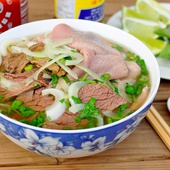
Vietnamese Noodles - An Overview
An introduction to Vietnamese noodles.



